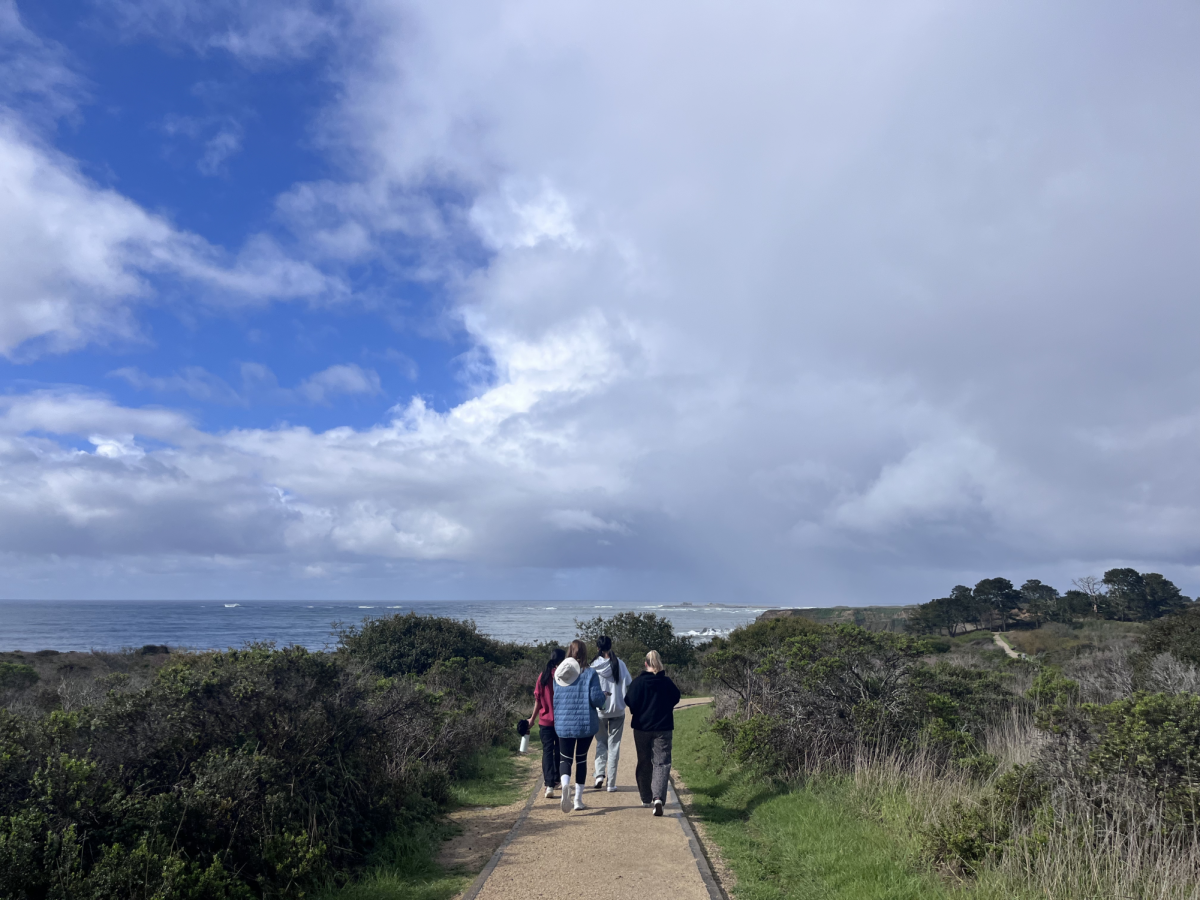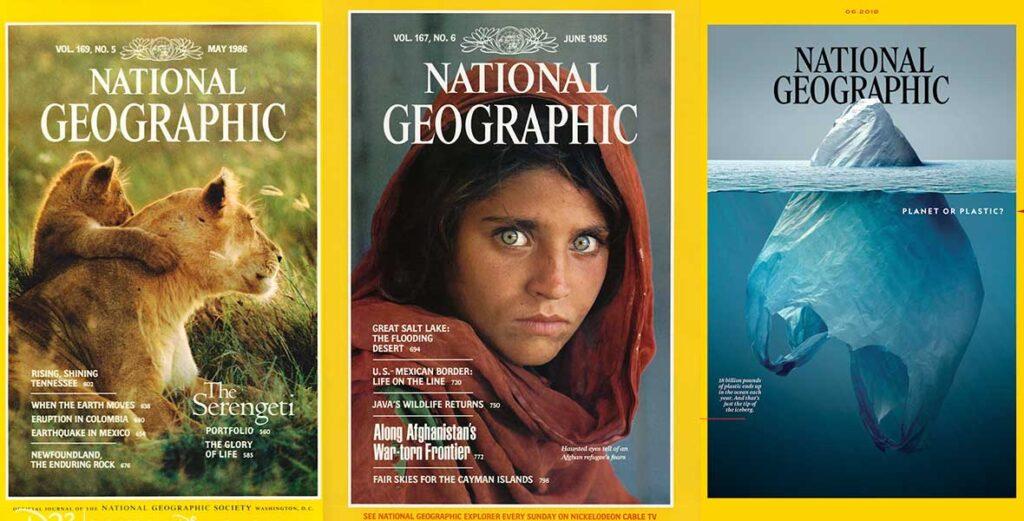The iconic yellow-bordered booklet of National Geographic’s monthly magazine was a staple of my childhood. With an eye-catching photograph on the cover and a focus on natural science, the magazine piqued my curiosity and jump-started my interest in science and the natural world.
However, on June 28, less than a year since its first round of layoffs, National Geographic laid off its remaining staff writers, replacing them with a roster of freelance writers. Instead, National Geographic will focus increasingly on digital content and no longer provide print magazines on newsstands starting next year. (It will continue to provide print magazines to subscribers).
This change reflects the modern trend of decreasing interest in quality print publications and a consequent shift toward short videos as entertainment. Nonetheless, traditional media companies should still focus on maintaining the quality of documentary films and paper publications.
Despite being one of the most renowned and professional journals in the world, the 135-year-old publication has been struggling to survive in recent years. Starting in 2012, interest in reading printed magazines significantly declined as shown that overall sales almost dropped by half. This trend continued, and in 2019, National Geographic was bought by The Walt Disney Company.
Since Disney’s acquisition of National Geographic, several cost-cutting measures, such as layoffs, have been carried out, greatly decreasing the publication’s ability to put out quality content.
I still remember how astonished I was when I saw the documentary “Planet Earth: Blue Planet II” for the first time in elementary school. The amazing adventures I virtually experienced through foreign landscapes, animals and nature — from submarines in the deep to the mysterious Pacific and desert buggy in the vast, unpopulated Sahara — were all possible because of National Geographic’s remarkable photography. My childhood educational path was filled with high quality scientific documentaries that took years, if not decades, to make.
However, as I have grown up, I’ve started to see far fewer high quality documentaries about nature being produced. My younger siblings have never watched a quality documentary made in at least six years, let alone any type of educational movie.
Although the pandemic contributed to production difficulties for both natural documentaries and physical copies of scientific magazines, the deeper problem is how short-form media dominates today’s internet. This unregulated trend has since caused a decrease in quality content and upsurge in misinformation.
The rise of TikTok, YouTube shorts and Instagram reels have packed our lives full of extremely short, mass-produced materials, squeezing out longer, higher quality content such as National Geographic documentaries and articles. For anyone writing a detailed in-depth research paper about the behaviors or habitats of a blue whale, they would be more inclined to take the shortcut and find a short 10-minute YouTube video rather than watching an hour-long documentary.
This isn’t just a problem among children and teenagers. Many adults can be just as easily lost in these attention-trapping short videos. Under the casual giggles and careless scrollings, we are letting our brains produce uncontrolled doses of dopamine in cheap content that sucks away our interest and attention span for other activities.
As much as I appreciate the development of technology that connects people’s lives and makes accessing and sharing information more convenient than ever, I hope future generations will be able to experience the wonders of National Geographic documentaries and other groundbreaking content as I did a mere decade ago.




























